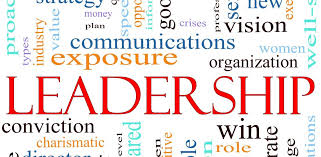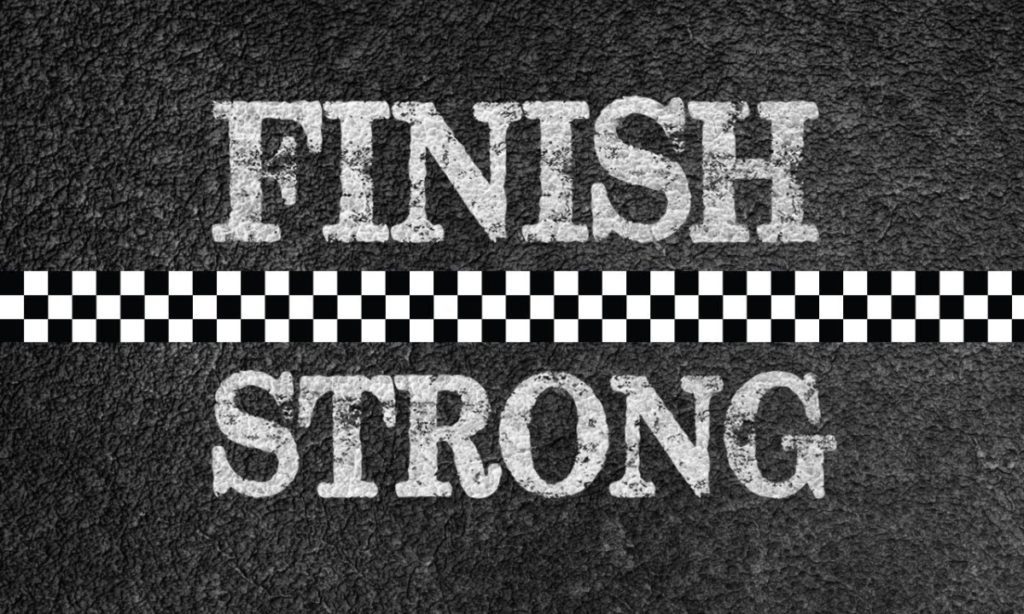
You are responsible for the energy that you create for yourself, and you’re responsible for the energy that you bring to others.” – Oprah Winfrey
Since the onset of the CoronaVirus pandemic and more specifically since March, how have your energy levels been? I have spoken to many people who are feeling overwhelmed, mentally, and emotionally drained, and much more. Sadly, many studies point to a spike in the number of people who are suffering from depression and other related issues.
How are you holding up?
One of the challenges for leaders during this time is in sustaining energy levels within their organizations to meet new demands and challenges they are now facing. Many are trying to keep up with the same workload but now with fewer people due to layoffs, etc.
Adapting to these new challenges and demands often requires more energy than was needed prior to conditions in March. Talk about your stress levels increasing!
I became more aware of the importance of energy levels after reading an article by Carey Nieuwhof in which he made the point about how manufacturing energy is exhausting for everyone. Nieuwhof states, “Everyone’s already tired, and please hear me, I am a huge fan of hard work- throwing your heart into the mission is critical. But there’s a big difference between throwing your heart into the mission and throwing your heart into a method.” And herein lies my point.
How many of you have had to change your methods of operation since March? For many, how you operate today looks a lot different than it did back in January.
While you must preserve the integrity of your mission, you can and should consider your method of delivery. Out of necessity, many of you already have. Your energy levels are driven by your passion for what you do. Nothing can be more demoralizing than seeing your energy levels decline because discouragement set in when what you were so passionate about was taken from you or has been very slow in returning.
Maintaining your energy is as important as ever, but manufactured energy may not be the answer to your current situation. So, what is a leader to do? Here are a few simple tips.
Channel your energy toward what you can control
If we’ve learned anything in 2020 it’s that nothing is for certain. In your business or organization, focus your energy on what you can control today and going forward. Focus on your mission, be flexible with your methods. Don’t burn up energy defending the practices of the past when they are no longer relevant today. Click To TweetWhile it’s true that you can’t control everything that happens to you, what you can control deserves the best form of energy you can give it.
Reserve your energy for the long haul
Whether we like it or not, we are in a marathon, not a 50-yard dash. And since we don’t know how long this marathon will last, it’s important to reserve our energies for the long haul. This will require focus and discipline and a think-long attitude. It’s best to make your necessary adjustments now than regret it later when you are burned out. Manufactured energy is no substitute for the real thing. Click To Tweet
Practice self-care
Just as you need to embrace a think-long attitude, you must also take into account the fact that no one is going to practice self-care for you. That’s on you. So it’s imperative that you take time to rest, refresh, and recharge on a regular basis. This can be something as simple as going for a long walk, a run, swim, or whatever it is that nourishes your mind and soul. And while you’re at it – be mindful of what you eat.

A proper balanced diet and exercise are as important now as ever. If you are tired, rundown, and low on energy you are not at your best and it’s a drag on the rest of your team.
Final Thoughts
My tips barely scratch the surface as it relates to steps you can take to make sure you have harnessed all the energy you need during this time. But it’s a starting place. My hope is that you will see that manufacturing energy is wearisome and in times like this and can be counterproductive to achieving your goals.
©2020 Doug Dickerson






